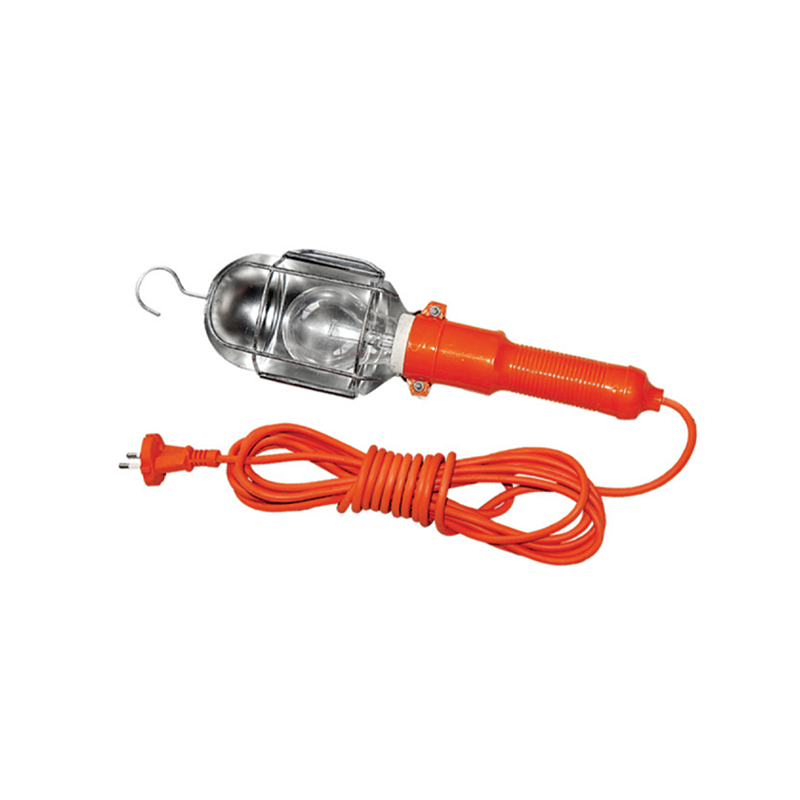How are the brightness and bulb distribution of the Car Overhaul Lamp designed to achieve sufficient but not dazzling brightness?
Author:admin
Date: 2024-02-26
Achieving sufficient brightness without causing glare or dazzling is a crucial aspect of designing car overhaul lamps for automotive repair and maintenance tasks. Here's how the brightness and bulb distribution of these lamps are designed to strike the right balance:
Brightness Levels:
Car overhaul lamps are designed to provide high-intensity illumination to ensure adequate visibility in dimly lit or confined workspaces, such as engine bays, undercarriages, or interiors.
However, the brightness level is carefully calibrated to avoid excessive glare that could cause discomfort or visual fatigue to mechanics and technicians working in close proximity to the lamp.
The brightness is typically adjustable, allowing users to customize the light output according to the specific task at hand and their comfort preferences.
LED Lighting Technology:
Many car overhaul lamps utilize LED (Light Emitting Diode) technology for their light sources due to its energy efficiency, durability, and ability to produce bright, uniform illumination.
LEDs offer precise control over brightness levels, allowing manufacturers to achieve optimal lighting intensity without compromising on energy efficiency or bulb lifespan.
LED bulbs are also designed to emit light in a specific direction, reducing the risk of scattered light that could cause glare or dazzle when working in close proximity to the lamp.

Diffusion and Light Distribution:
Car overhaul lamps often feature diffusers or light distribution mechanisms to evenly spread the light output across the work area.
Diffusers help soften the harshness of the light and reduce glare by scattering the light rays, resulting in a more uniform and comfortable illumination.
The design of the lamp's reflectors or lenses is optimized to distribute the light evenly without creating hotspots or areas of excessive brightness that could be distracting or uncomfortable for users.
Angle and Directionality:
The angle and directionality of the light beam emitted by the lamp are carefully engineered to maximize illumination while minimizing glare.
Car overhaul lamps may feature adjustable lamp heads or swivel mounts that allow users to direct the light precisely where it's needed without causing excessive brightness or glare in unintended areas.
By angling the light beam appropriately, mechanics and technicians can achieve sufficient visibility of the work area without discomfort or visual disturbance.
Anti-Glare Design Features:
Some car overhaul lamps incorporate anti-glare design features such as matte finishes, light shields, or baffles to reduce the reflection of light off shiny surfaces and minimize glare.
These features help maintain clear visibility of the work area while preventing distracting reflections that could impede the user's ability to perform precise tasks.

 English
English 中文简体
中文简体












